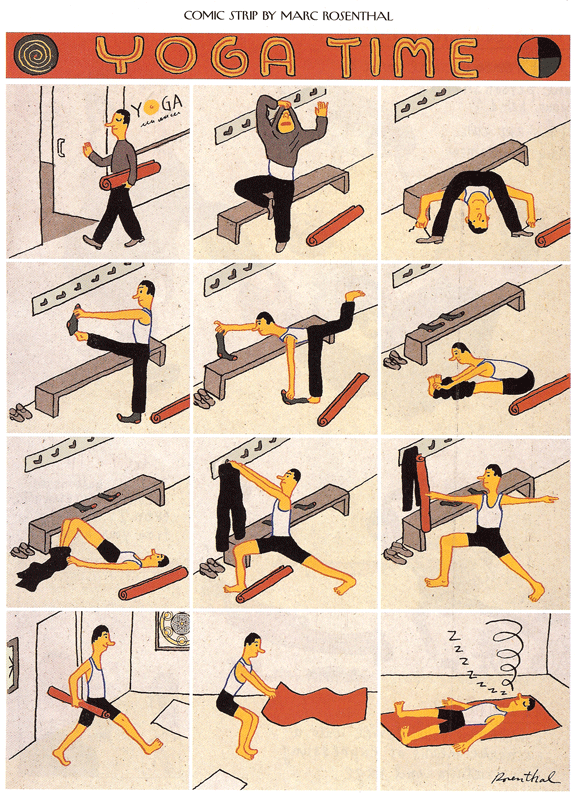Regular readers of my blog (and I know I have at least 2 or 3 — or so they claim!) will know that I have obsessed lately with my speculation that Steve Jobs was autistic.
Every community likes to have its heroes, and I’d like to claim Jobs as one of ours. Whether or not he was autistic, he is still a hero to me for all that he accomplished. Not every genius is autistic, any more than every autistic is a genius. We have already claimed Einstein, and rightly so! There are many others.
One of the things that has fascinated me about Jobs is how nearly every description of him (and I’ve read many, only some of which I reference in my post) talks about his perfectionism. Here’s an example, by Malcolm Gladwell. One trait does not alone make for a diagnosis, I realize, but one could hardly be autistic, I believe, without a tendency toward being a perfectionist.
So, view this short entry as the beginning of an essay on perfectionism, and a place for me to add/subtract/edit my thoughts as I develop them. Here’s what started me thinking about this topic today:
I finished a painting project in my living room (pictures below). House painting, that is, not artistic painting — I have no talent for that! It was the last piece of a larger project to repaint my entire dining room/living room area (no wall separates them). It was a 2-person job, and I did only a small part of it (in terms of surface area). The room is approximately 15′ x 30′ and there are two beams (wooden coverings of supporting metal I-beams) that run the 15′ way. There are two windows that are about 9′ long and maybe 4′ high, that are divided into 3 panels (that open out), with 6 lights in each.
In addition, there are a couple of built-in bookcases, and (of course) walls and the ceiling. About a month ago, all that was left was one beam (I had painted the other — and nothing else!) and one window. I agreed I would do those two things. Well, of course, I’ve had lots of excuses — snowstorms, travel, etc.; but, truly, it wasn’t a huge project. Still, I find such work intimidating.
One day, I painted the second beam. Not too bad. It went well, looked good, and took me only an hour or two. I figured I could knock off the window in a couple of hours or so. Wrong!
On a bright, sunny, warm day, I got out all the tools and supplies and tackled the leftmost part. By the time I had finished the entire left panel and surrounding woodwork, an hour and a half had passed, and I was exhausted! Besides the physical discomfort of raising my hands above my shoulders (I have ancient rotator cuff injuries in both shoulders), the work required intense concentration on very small pieces of wood, and my attention span can extend, when challenged, to about ten minutes. [I sense another post coming up “On Why ADHD and Autism are Indistinguishable”!]
So, realizing that I could not do another panel before dark, and feeling somewhat disappointed with the quality of my work (it was not nearly as easy as painting the broad, flat surfaces of the beams!), I threw in the towel (or the paint rag, as the case may be).
Another day, I did the middle panel, and had the same feeling of disappointment. I just didn’t know what the problem was; whether the paint was getting old and thick, whether the brushes needed to be replaced, whether the quality of the wood was somehow different, whether the fact that is was a window meant that it was more weathered, some or all of the above plus other things? Anyway, I wasn’t happy with the quality of my work.
Today, I finished the project. Same pain, same complaints. I tried to adjust the outcome by letting parts of it dry and then going over it again. A bit better, but NOT PERFECT!
Here’s a shot of the finished product, showing part of one beam and a section of the window:

The entire window, from a different angle:

Tigger demonstrates his keen interest in my project:

Once I was done, I had a great feeling of satisfaction. It was truly a noteworthy feat that I had stuck it out; persevered until it was all done. I hear the chorus out there: “What’s the big deal?” Well, for me, it is. I have abandoned many projects and left them undone because they were not going as well as I had expected.
So, I stepped back to evaluate what I had done. It looked pretty good. How would I rate my own work? Well, that would depend on your standard. If your standard is, “Does it look a lot better than it did when you started?” then the answer is “Heck, yeah!”
If your standard, like mine, is perfection, and the question is “Is it perfect?” then the answer is, “Heck, no!”
So, how do I rate my performance? I failed. To make it more personal, I am a failure.
If your standard is perfection, you are destined for a lifetime of disappointments. Yet, it can also be a driving force, propelling you on to great heights, as seems to have been the case with Steve Jobs. Evidently, Jobs found a salve in Buddhism, in Zen meditation. I have found a path to acceptance in many ways, and yoga has been an important one. I have learned to respect my limitations. I have also worked hard at appreciating my accomplishments, and to not dwell on the things undone. That does not come easily to me, and I think that is part and parcel of my autism. It is so hard to see the glass as half full. It is worth the effort.












